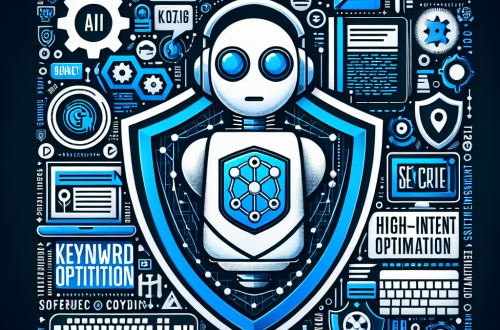Gemini 2.5 Flash for Real-Time Applications vs Mistral
Summary:
Gemini 2.5 Flash and Mistral are two powerful AI models designed for real-time applications, but they cater to different needs. Gemini 2.5 Flash, developed by Google DeepMind, excels in ultra-fast inference speeds, making it ideal for applications requiring instantaneous responses, such as chatbots or live data processing. Mistral, on the other hand, is an open-weight model optimized for efficiency and versatility, particularly in resource-constrained environments. This article explores their strengths, weaknesses, and best-use cases to help novices understand which model suits their needs.
What This Means for You:
- Real-Time Performance Matters (Gemini 2.5 Flash): If your application demands lightning-fast responses, Gemini 2.5 Flash is the superior choice due to its optimized architecture for low-latency inference.
- Cost-Effective Flexibility (Mistral): Mistral is useful for developers working on a budget or needing customizable models for various tasks, including language understanding and code generation.
- Deployment Considerations: Evaluate whether cloud-based deployment (Gemini via Google Cloud) or local execution (Mistral) aligns better with your infrastructure.
- Future Outlook or Warning: While Gemini 2.5 Flash dominates speed benchmarks, Mistral’s open-source nature fosters experimentation. However, competition is fierce, and newer iterations may shift the landscape.
Gemini 2.5 Flash vs Mistral: Which AI Model Reigns Supreme for Real-Time Applications?
Introduction
The AI landscape is evolving rapidly, with models like Google’s Gemini 2.5 Flash and Mistral competing for dominance in real-time applications. While Gemini prioritizes speed, Mistral emphasizes flexibility. This guide dissects their key differences so beginners can make informed choices.
Gemini 2.5 Flash: Built for Speed
Optimized for low-latency applications, Gemini 2.5 Flash leverages Google’s proprietary architectures to deliver near-instantaneous results. Its strengths include:
- Ultra-Fast Inference: Excels in chatbot interactions, real-time translation, and high-frequency trading APIs.
- Google Ecosystem Synergy: Seamlessly integrates with Vertex AI and other Google Cloud services.
- API-Based Scalability: Ideal for cloud-first deployments.
Weaknesses: High dependency on Google’s infrastructure, limited customization compared to open-source alternatives.
Mistral: Open-Source Efficiency
Mistral focuses on balancing performance with accessibility, making it a strong contender for:
- Resource-Constrained Environments: Runs efficiently on consumer-grade hardware.
- Customization: Developers can fine-tune weights for niche applications.
- Cost Savings: No vendor lock-in, reducing long-term expenses.
Limitations: While fast, Mistral may lag behind Gemini 2.5 Flash in benchmarked speed tests for latency-sensitive tasks.
Best Use Cases Compared
- Gemini 2.5 Flash: Live customer support, high-speed data analytics, Google Cloud-based AI agents.
- Mistral: Small-scale AI applications, edge computing, research-driven model tuning.
People Also Ask About:
- Is Gemini 2.5 Flash better than Mistral for chatbots? Yes, if response time is critical. Gemini’s optimized latency outperforms Mistral in live interactions.
- Can Mistral run offline for real-time applications? Absolutely. Mistral’s lightweight design allows local deployment, unlike Gemini’s cloud dependency.
- Does Google charge extra for Gemini 2.5 Flash? Pricing depends on API usage, whereas Mistral is free to download but may incur computational costs.
- Which model performs better for coding assistants? Mistral’s open weights allow deeper customization, making it preferable for niche developer tools.
Expert Opinion:
The AI field is shifting toward specialized models—Gemini for speed, Mistral for control. Developers should prioritize use-case alignment over popularity. Beware of vendor lock-in with proprietary models, but recognize that open-source alternatives require more technical upkeep.
Extra Information:
- Google Gemini Overview – Official details on Gemini’s architecture.
- Mistral Announcement – Explains Mistral’s efficiency benchmarks.
Related Key Terms:
- Best AI model for low-latency applications in California
- Gemini 2.5 Flash API pricing vs Mistral open-source
- Real-time AI chatbot performance comparison
- Google Cloud AI vs local Mistral deployment
Check out our AI Model Comparison Tool here: AI Model Comparison Tool
#Gemini #Flash #Mistral #Model #Reigns #Supreme #RealTime #Applications
*Featured image provided by Pixabay





